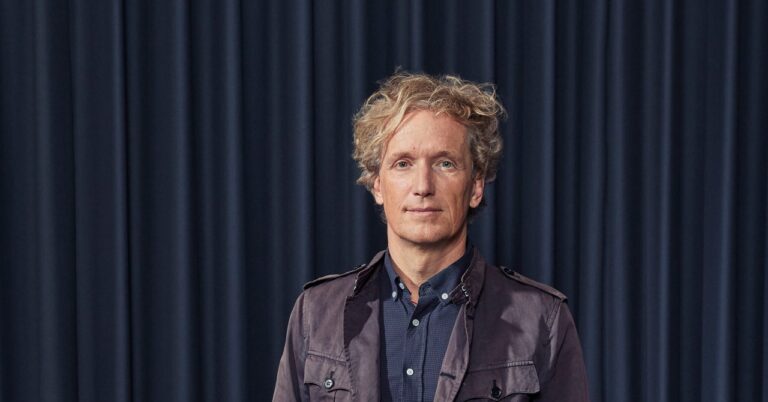“The adoption of “New ideas and the pace of change in healthcare can lag behind other innovations that consumers experience in their daily lives,” says Yves Behar, an industrial designer and founder of design agency fuseproject. People, Behar continues, get frustrated when they compare their experience in clinics and hospitals to what they have in an Apple Store, for example. Behar’s belief that design can have a positive impact on people’s lives leads him to focus on what he calls “designing for extreme audiences,” such as children, the elderly, neurodivergent people, and people with mobility challenges.
“A lot of design is for the comfortable time of life, when you’re happy, healthy, and have money,” he says. “For me, design is especially needed when change is most extreme.” One example is Moxie, an AI learning robot for autistic and neurodivergent youth. “It’s proven incredibly useful for all kids, especially during the Covid pandemic,” Behar says.
Since its launch in 2022, Moxie has had over 4 million conversations with children, with a 71% improvement in social skills such as assertiveness, social engagement, and self-control for those who play with it regularly. Another fuseproject invention, and Behar’s favorite, is the SNOO robotic crib. The crib mimics famed pediatrician Harvey Karp’s method of soothing babies, which involves swaddling, shushing, and rocking.
“The AI recognizes when the baby is fussing and crying, and starts creating the noise and movement in response,” Behar says. “It’s the first and only medical device to receive FDA approval for its ability to safely hold sleeping babies on their backs and prevent sudden infant death syndrome.” [sudden infant death syndrome].”
This article appears in the July/August 2024 issue of British WIRED Magazine.


